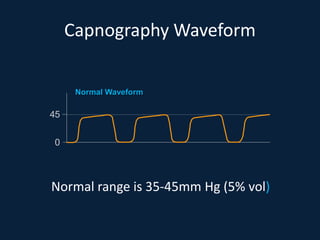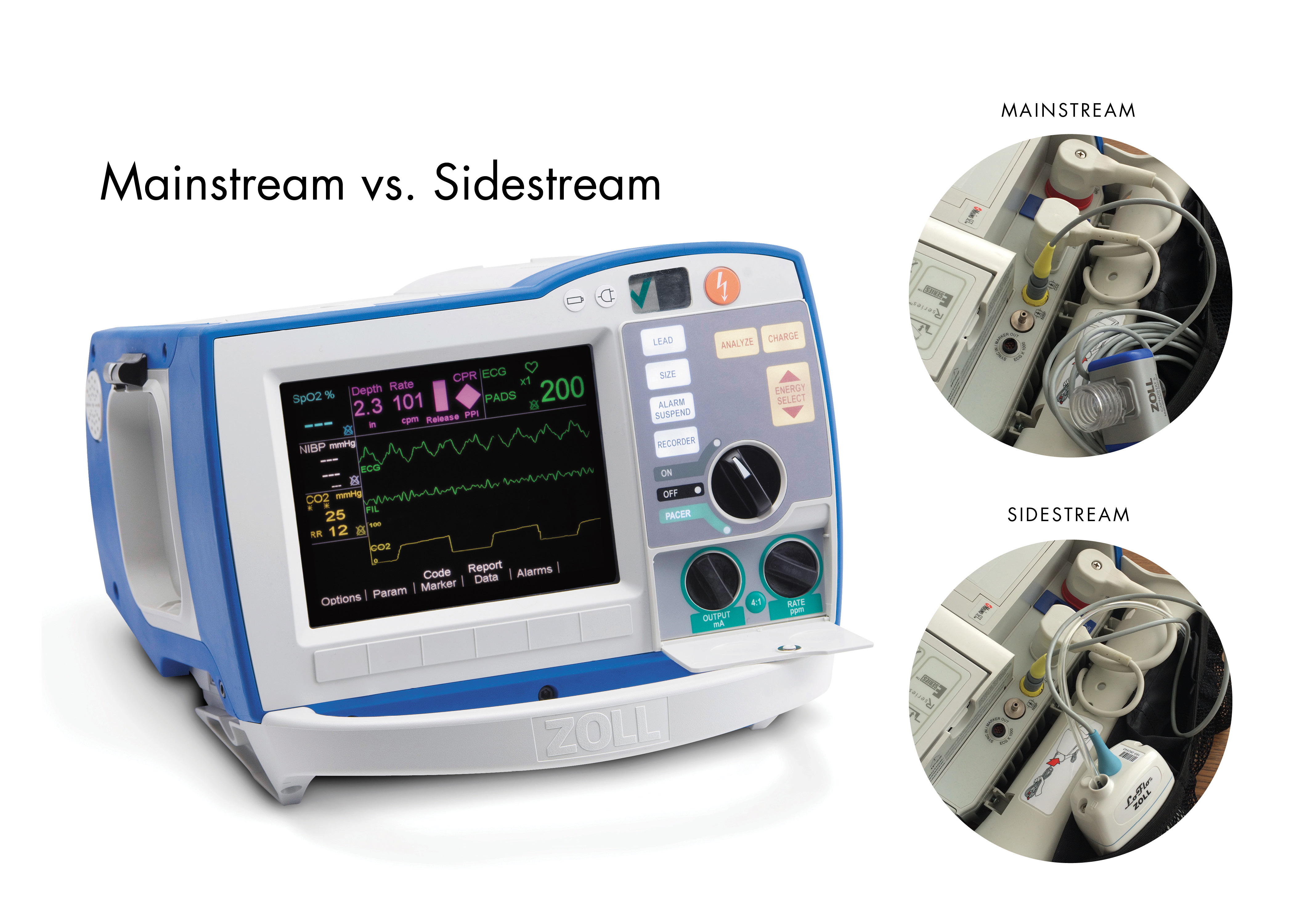normal end tidal co2 pediatric
Prospective observations during CPR in. Under normal conditions the end tidal CO2 is usually slightly less than the PaCO2 with a normal difference of 25 mmHg.

Association Between Etco2 And Paco2 In Infants And Children Download Scientific Diagram
Effect of tidal volume and end tracheal tube leakage on end-tidal CO2 in very low birth weight infants.

. Takahashi D et al. Alterations in ETCO2 the shape of the waveform and respiratory rate are useful to assess and. Practical applications of capnography.
End-Tidal Carbon Dioxide during Pediatric PSG. End-tidal carbon dioxide concentration during cardiopulmonary resuscitation. 1 A normal compliance of the breathing circuit is 0215 mL cm H 2 O 1.
End tidal Co2 ranges vary slightly from actual PaCo2 and can be affected by many factors depending on the condition of the patients lungs. N Engl J Med 1988318607-11. These lung-protective strategies recruit atelactetic areas while preventing over distention of normal lung parenchyma.
Physiologic dead space venous admixture and the arterial to end-tidal carbon dioxide difference in infants and children undergoing cardiac surgery. End-tidal CO2 measured by an oralnasal cannula capnometry circuit is a noninvasive method of assessing indirect measurements of PCO2. Laboratory CPR studies indicate end-tidal carbon dioxide ETCO2 during CPR is.
End-tidal carbon dioxide monitoring is not as reliable as arterial blood gas analysis for monitoring PaCO 2 however it may have a role in. More than 95 of pediatric IHCAs in the US occur in intensive care units ICU 6. During sedation capnography is often used to assess the breath-to-breath analysis of carbon dioxide concentration.
Correlation and agreement with arterial carbon dioxide. This was a prospective blinded observational study of children 3-17 years old treated for acute asthma in a pediatric emergency department ED. The purpose of this study was to evaluate the association between end-tidal carbon dioxide EtCO2 values and disease severity among children with acute asthma.
Degrees Celsius and end-tidal CO 2 mm Hg. Normal polysomnographic values for children and adolescents. 18 Nuzzo PF Anton WR.
0 Comments Comments 0. Based on laboratory cardiopulmonary resuscitation CPR investigations and limited adult data the American Heart Association Consensus Statement on CPR Quality recommends titrating CPR performance to achieve end-tidal carbon dioxide ETCO2 20 mmHg. Under normal respiratory.
Pediatric Emergency Care 19939244-6. Pediatric and neonatal-sized capnography circuits should be used when indicated to ensure accuracy. In pediatrics it may be significant.
End-tidal CO 2 Et CO2 is the standard in operative care along with pulse oximetry for ventilation assessmentIt is known to be less accurate in the infant population than in adults. End-tidal carbon dioxide monitoring in neonatesInfant 2008. Capnography waveforms etCO2 and breathing patterns.
Br J Anaesth 2001. To determine the utility of a disposable colorimetric end-tidal CO2 detector during pediatric cardiopulmonary resuscitation CPR for 1 confirming endotracheal tube ETT position and 2 assessing the relationship between end-tidal CO2 recorded by this method and outcome of pediatric CPRDesignsetting. Arterial to end-tidal carbon dioxide tension difference in children with congenital heart disease.
However et CO 2 may be underused in the PED setting. It is the standard of care during certain procedures such as intubations and sedations and can be used in variety of clinical situations. In conditions of normal breathing 6 Lmin 12 breathsmin 500 ml for tidal volume etCO 2 is very close to alveolar CO2.
We prospectively evaluated whether ETCO2 20 mmHg during CPR was associated with survival. 2012 Vol 47 4 367-372. Tidal Volume - 8-10mlkg with a goal to get to 6-8mlkg.
To identify the role of end-tidal carbon dioxide EtCO2 monitoring during polysomnography in evaluation of children with obstructive. Am Rev Respir Dis. If leak present around ET tube set initial tidal volume to 10-12mlkg.
Note that this gradient may be considerably higher in situations where there is an increase in dead space. Non-invasive carbon dioxide monitoring Key points Harigopal S Satish HP. Many neonatal intensive care units NICU have converted to utilizing transcutaneous CO 2 tcP CO2 monitoringThis study aimed to compare perioperative Et CO2 to tcP CO2 in the.
Technical Challenges and Clinical Consequences. Also called capnometry or capnography this noninvasive technique provides a breath-by-breath analysis and a continuous recording of ventilatory status. These data were collected one year before the software update 20122013 ATPD ventilated.
In fact its commonly called the ventilation vital sign. End-tidal carbon dioxide ETco 2 monitoring provides valuable information about CO 2 production and clearance ventilation. Capnography can be used to measure end-tidal CO 2.
Et al End tidal Carbon Dioxide Monitoring in very low birth weight infants. Variability of difference scores was not related to range of mean scores r 08 age r 09 or respiratory rate r 25. Falk JL Rackow EC Weil MH.
Capnographs capnometers end-tidal CO2 monitors. Tidal Volume in Pediatric Ventilation. For a person with normal lungs the difference between end tidal and Paco2 can vary between 5-8mmHg depending on the book your reading.
Since problems with lungs are not common and gas exchange between alveoli and the blood is swift and effective. End-tidal CO 2 et CO 2 monitoring is not a new modality in the pediatric emergency department PED and emergency department. Although many do not have invasive arterial blood pressure monitoring during CPR another potential physiologic ap-proach to assess CPR is quantitative capnometry 347.
So the short answer is you are right about the ranges 35-45 but that.

Pediatric Anaphylaxis How Capnography Can Help Assessment And Treatment Capnoacademy Capnoacademy

Continuous Capnography In Pediatric Intensive Care Semantic Scholar

A Systematic Approach To Capnography Waveforms Jems Ems Emergency Medical Services Training Paramedic Emt News

Covidien Pedicap 6 Co Detector Pediatric End Tidal 6 Cs Respiratorycarestore Com

Exhaled End Tidal Carbon Dioxide As A Predictor Of Lactate And Pediatric Sepsis The American Journal Of Emergency Medicine
5 Medical Conditions Where Capnography Can Affect Bls Care Capnoacademy Capnoacademy

End Tidal Co2 And Transcutaneous Monitoring

Pdf Applications Of End Tidal Carbon Dioxide Etco2 Monitoring In Emergency Department A Narrative Review Semantic Scholar

R Series End Tidal Carbon Dioxide Etco2 Zoll Medical

Covidien Pedicap 6 Co Detector Pediatric End Tidal 6 Cs Respiratorycarestore Com

Pdf Capnography In The Pediatric Emergency Department Clinical Applications Semantic Scholar
Capno 101 How Does Capnography Work Capnoacademy Capnoacademy

Carbon Dioxide Monitoring In Children A Narrative Review Of Physiology Value And Pitfalls In Clinical Practice Humphreys 2021 Pediatric Anesthesia Wiley Online Library

End Tidal Co2 Concentration Etco2 Time Curves Under Three Different Download Scientific Diagram

Continuous Capnography In Pediatric Intensive Care Semantic Scholar

The Impact Of Ventilation Rate On End Tidal Carbon Dioxide Level During Manual Cardiopulmonary Resuscitation Resuscitation

Ems Assessment And Treatment Of Asthma 5 Things To Know Capnoacademy Capnoacademy

Basic Waveform Capnography As A Continuous Monitoring Tool During Mechanical Ventilation

Capnography By Craig Smallwood Rrt For Openpediatrics Youtube